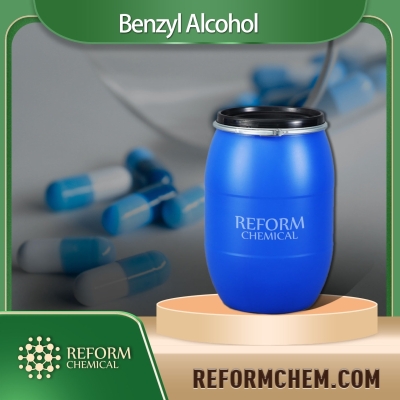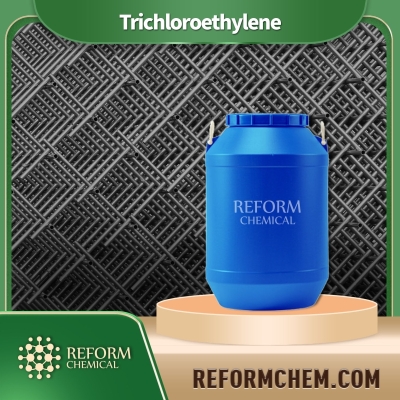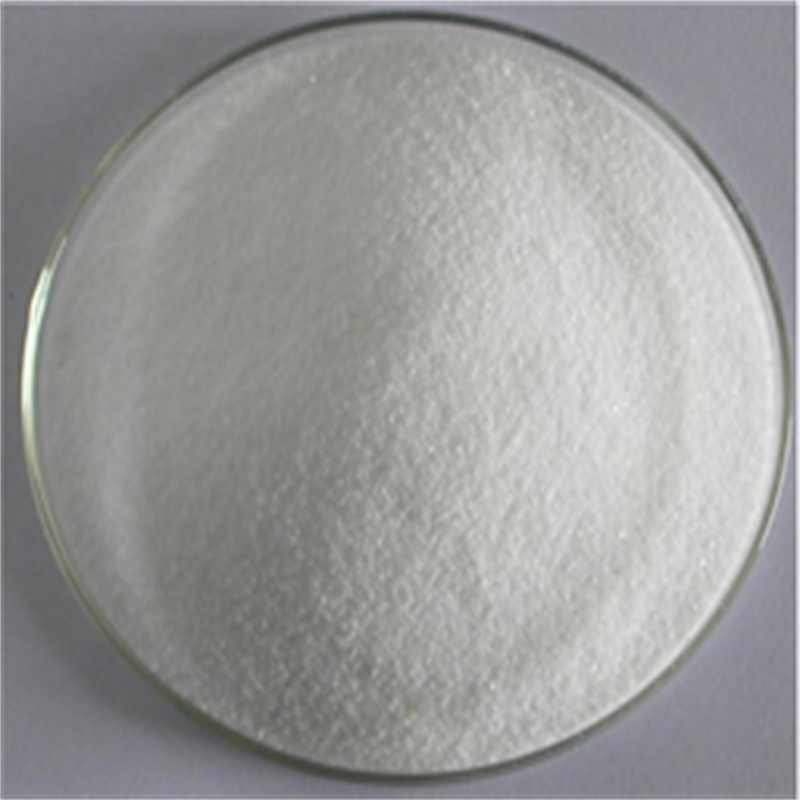-
Categories
-
Pharmaceutical Intermediates
-
Active Pharmaceutical Ingredients
-
Food Additives
- Industrial Coatings
- Agrochemicals
- Dyes and Pigments
- Surfactant
- Flavors and Fragrances
- Chemical Reagents
- Catalyst and Auxiliary
- Natural Products
- Inorganic Chemistry
-
Organic Chemistry
-
Biochemical Engineering
- Analytical Chemistry
-
Cosmetic Ingredient
- Water Treatment Chemical
-
Pharmaceutical Intermediates
Promotion
ECHEMI Mall
Wholesale
Weekly Price
Exhibition
News
-
Trade Service
Does anyone sleep like this?
Breathing mode is not to be missed!
introduction
In the seventies of the last century, benefiting from the rapid economic development during the post-war and peaceful periods, the disease sleep apnea also quietly came to the first European and American people to gain weight
.
Some special people with thick necks and excessive weight often hold their breath during snoring at night, which is actually what we now know as sleep apnea
.
Dr.
Sullivan noticed the vacuum cleaner by chance and decided to develop a device to solve the problem of
sleep apnea.
At this time
, a ventilator for sleep apnea came into being.
There are three basic breathing modes of mechanical ventilation, namely continuous command ventilation (CMV), intermittent command ventilation (IMV), and continuous spontaneous breathing (CSV).
The main CSV modes are continuous positive airway pressure (CPAP) and pressure support ventilation (PSV).
Continuous Positive Airway Pressure (CPAP) applies constant positive airway pressure
throughout the respiratory cycle of spontaneously breathing patients.
When the patient breathes spontaneously, whether it is the inspiratory phase or the expiratory phase, a certain positive pressure level (higher than atmospheric pressure) is always maintained in the airway to assist the patient to complete all respiratory movements
.
When the alveoli collapse, local ventilation decreases, and persistent uneven lung V/Q leads to hypoxemia
.
Hypoxemia can be partially overcome
by increasing airway pressure through continuous "extra pressure" throughout the respiratory cycle.
The effect of CPAP on respiratory physiology is mainly reflected in the following aspects
.
01 Increase lung transpulmonary pressure
CPAP keeps the respiratory tract under positive pressure, which can indirectly increase transpulmonary pressure
.
02Expand the alveoli and increase the functional residual gas volume
CPAP maintains positive alveolar pressure at the end of breathing, keeps the alveoli dilated, avoids alveolar collapse, increases functional residual air, increases alveolar area, improves lung compliance, reduces intrapulmonary shuntage, and improves oxygenation
.
CPAP not only prevents alveoli from collapsing, but also re-expands
the alveoli that have collapsed.
03Reduce the consumption of pulmonary surfactant (PS).
The surface area of the alveoli decreases when the alveoli collapse, resulting in increased
PS consumption.
CPAP prevents alveolar collapse through continuous positive airway pressure ventilation and reduces PS consumption
.
04 Reduce respiratory resistance
CPAP can keep the respiratory tract in an expanded state, prevent the collapse of the pediatric respiratory tract, reduce the resistance of the entire respiratory tract, and reduce the work of breathing
.
05 Reduce breathing and do work
CPAP dilates the alveoli, increases functional residual air, reduces intrapulmonary shunting, improves the ventilation/blood flow ratio, carries out effective gas exchange, reduces the energy required for respiratory exercise, and reduces the work of
breathing.
06 Increases respiratory drive
CPAP can stabilize the thoracic stent by stimulating the Hering-Bresuer reflex and the stimulation of pulmonary stretch receptors, prevent thoracic collapsing, improve the respiratory effect of the diaphragm, increase the respiratory drive of children, and make spontaneous breathing become regular
.
07 Chest vibration
The bubbles produced by water-sealed bottles or bubble CPAP can vibrate the child's chest at high frequencies, achieving a therapeutic effect
similar to that of high-frequency ventilation.
CPAP improves oxygenation, so its main role is to treat type I (hypoxemia) respiratory failure
.
CPAP also keeps the upper airway open in patients with obstructive sleep apnea, thereby preventing nocturnal desaturation and hypercapnia
.
Elevated CO2 may indicate hyperinflation or ventilator fatigue requiring noninvasive ventilator support or (invasive) mechanical ventilation
.
CPAP can be applied if the following conditions are met:
1.
The child has spontaneous breathing, increased respiratory rate, three concave signs, moaning, cyanosis;
2.
In the case of FiO2 > 0.
4~0.
5, PaO2 < 6.
67 kPa, PaCO2 < 7033 kPa;
3.
Chest X-ray showed diffuse decreased brightness, granular opacities, multiple atelectasis, bronchial inflata, pulmonary edema, ground-glass changes and insufficiency of lung inflation
.
Note!!!
How to use CPAP
01Prepare the CPAP instrument
Install the CPAP device, check the pipeline connection, air source connection, heating and humidification
.
02 Adjust parameters
The initial adjustment pressure is generally 0.
39~0.
59 kpa, the air supply flow should be greater than 3 times the ventilation volume, that is, 6~8 mL/kg× breathing times/min×3, the general air supply flow is 5~7min, and FiO2 can be the same
as before and after CPAP.
After 10~15min, the blood gas was measured, and vital signs were monitored and changes
were observed.
03 Adjustment method
After using CPAP, PaO2 is still low, the pressure can be gradually increased, each time with a gradient of 0.
098~0.
196 kPa, the maximum pressure should not exceed 0.
785 kPa, and at the same time can increase FiO2
by 0.
05~0.
10.
The pressure can also be kept unchanged at 0.
49~0.
59 kPa, and only FiO2 can be increased, so that PaO2 reaches 6.
7~10.
6 kPa
.
If PaO2 cannot be maintained above 6.
7 kPa, mechanical ventilation
is required instead.
If PaO2 is stable, FiO2 should be gradually reduced by 0.
05
each time.
When the FiO2 < 0.
3, the PaO2 is still maintained at 6.
7~10.
6 kPa, and the pressure can be reduced by a gradient of 0.
098 kPa each time until it is reduced to 0.
196~0.
294 kPa
.
In fact, the biggest problem in the application of this mode is how to set the ventilation support pressure, the pressure setting is related to the inner diameter of the endotracheal tube, the finer the intubation, the greater the setting support pressure
.
Many ventilators also have modes that automatically calculate the support pressure to overcome endotracheal intubation (each ventilator is called differently, such as ATRC, ATC, TRC, TC, etc.
).
CPAP is generally 6~15cmH2O
.
The entire process of noninvasive positive pressure ventilation also requires that ventilation parameters
be adjusted at any time according to changes in the patient's condition.
The ultimate goal
is to relieve shortness of breath, slow respiratory rate, increase tidal volume and improve arterial blood gas.
Don't miss out!
Complications of CPAP and their prevention
Leakage
These include pneumothorax, pneumomediastinum, interstitial emphysema, and subcutaneous emphysema
.
Generally, CPAP is relatively safer than mechanical ventilation, and if the CPAP pressure is too high, the alveoli are over-inflated, which can lead to alveolar rupture and air leakage
.
The occurrence of air leakage is directly related to both the stress of CPAP and the case characteristics of the underlying disease in the child
.
Therefore, when CPAP is used clinically, the changes of the child's condition should be dynamically monitored, and the CPAP pressure should be adjusted in time according to the changes in the child's lung condition and lung compliance, so as to prevent and reduce the occurrence
of air leakage.
Abdominal distension
Newborns treated with nasal congestion or nasopharyngeal CPAP are prone to swallow air and cause abdominal distention, and in severe cases, they can hinder diaphragm movement and affect
breathing.
Abdominal distension is particularly common in preterm infants born with low birth weight and may be associated with
immature bowel motility in preterm infants.
To prevent abdominal distension in children treated with CPAP, gastric tube can be vented
.
Damage to the nasal mucosa
Nasal congestion fixation is too tight, can compress the nasal mucosa and cause local mucosa and skin damage, should be carefully cared for, pay attention to nasal congestion not to fix too tight, and regularly check whether the position of nasal plugging is normal, and whether there is pressure
on local tissues.
CO2 retention
CO2 retention
may occur because CPAP increases respiratory resistance and makes CO2 excretion difficult.
Effects on cardiovascular function
Some CPAP systems rely on valves with high exhalation resistance to increase positive pressure, although this can increase the partial pressure of arterial oxygen, but CPAP is too high, and the pressure in the chest cavity increases, allowing blood flow to accumulate in the capillary bed of the lungs; Excessive lung inflation can also reduce the return of pulmonary blood to the right ventricle, increase pulmonary vascular resistance, resulting in reduced cardiac output, and right-to-left shunting of blood flow through the foramen ovale
.
summary
Not every patient with hypoxemia benefits from CPAP
.
For example, in uncomplicated asthma, hypoxaemia is caused by small airways being blocked by thick sputum
.
CPAP generally does not solve these problems, but rather hinders the use of humidification and nebulizers, and may also exacerbate overexpansion
of other lungs.
A "consolidated or obstructed lung" (such as lobar consolidation from a tumor or pneumonia) may be ineffective because the alveoli cannot "reopen.
"
Therefore, grasping the indications for CPAP can bring greater clinical benefit
to patients.







